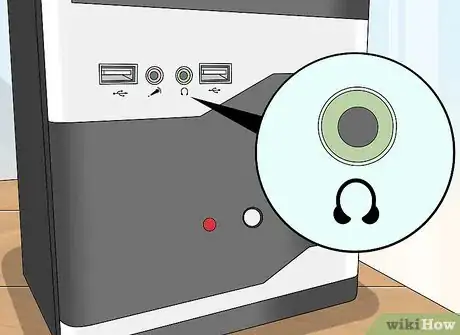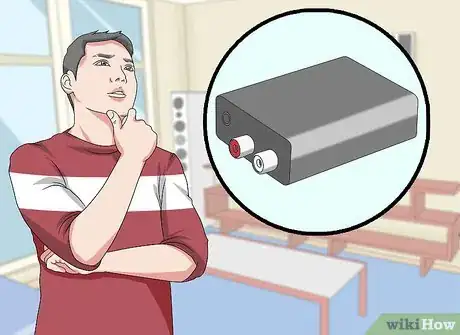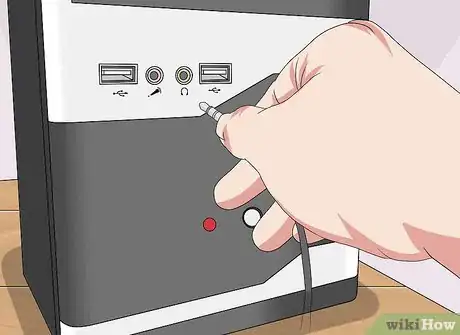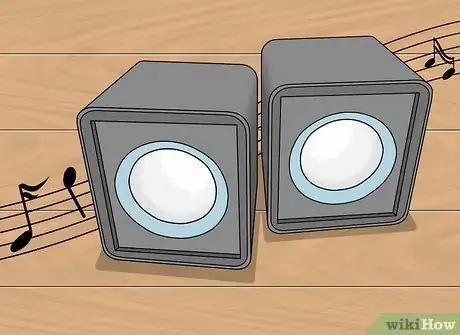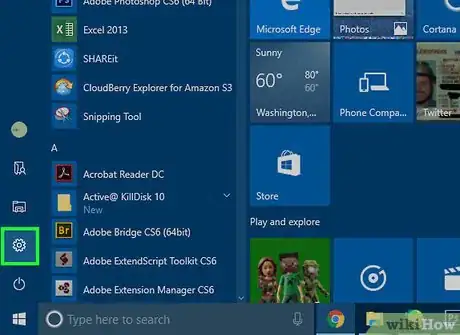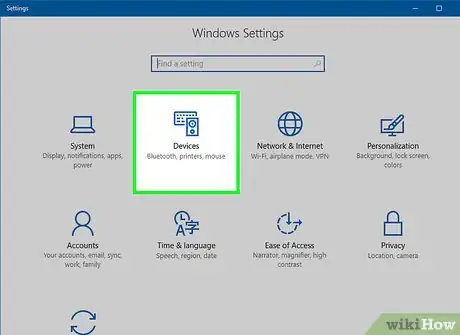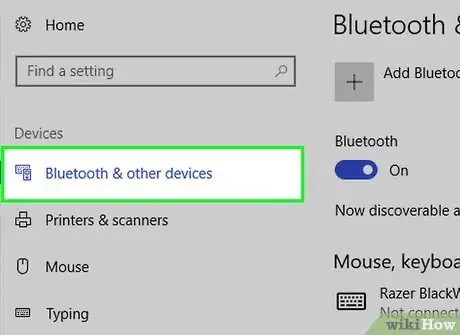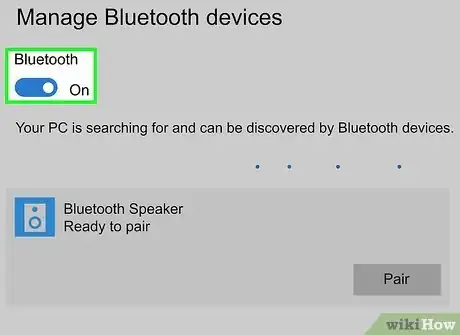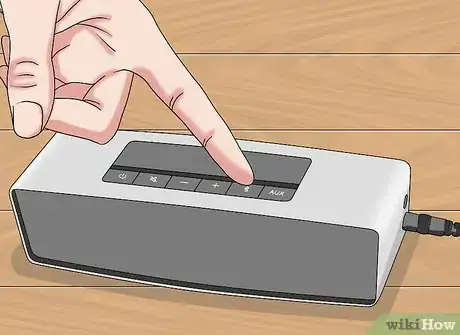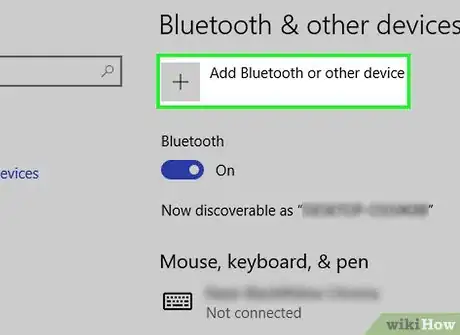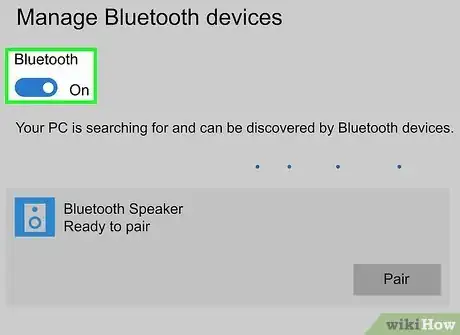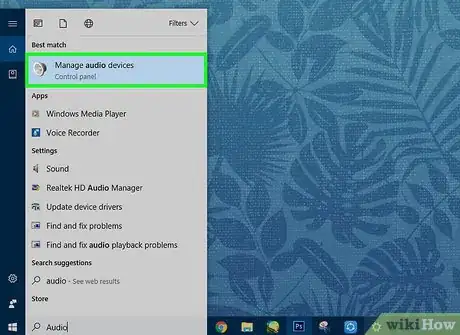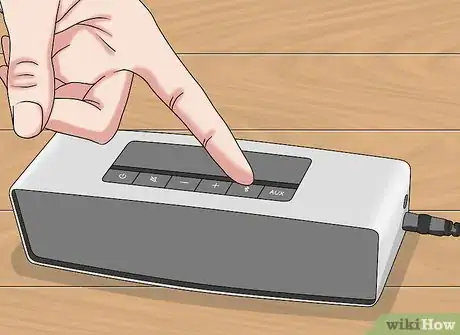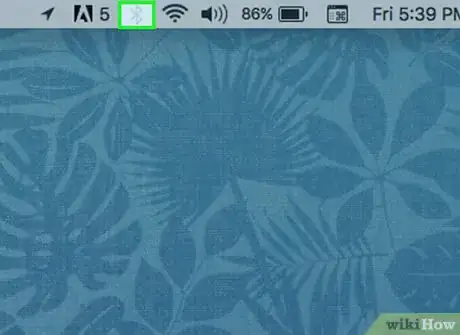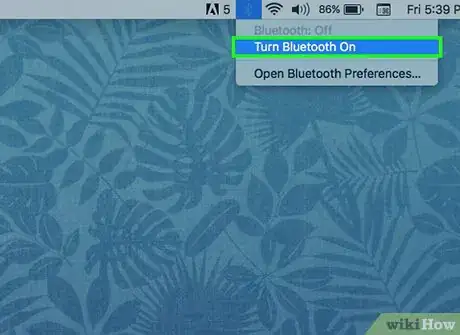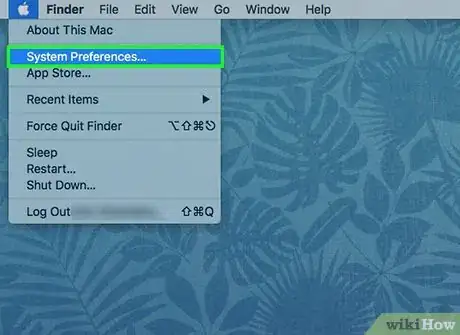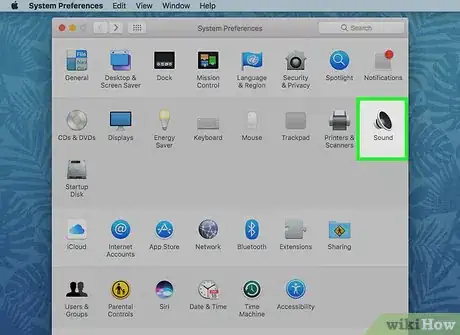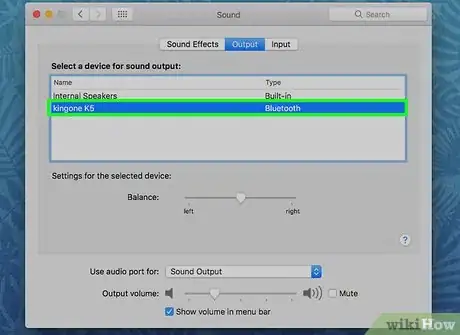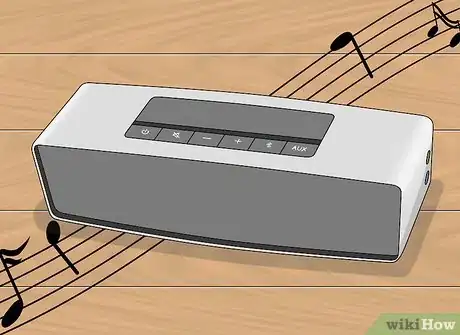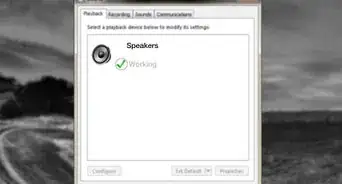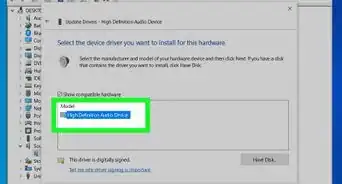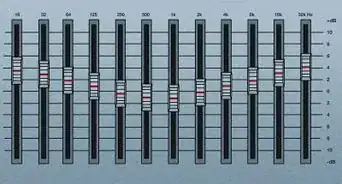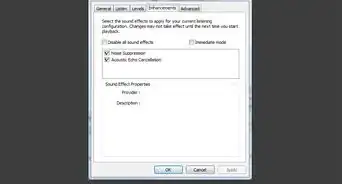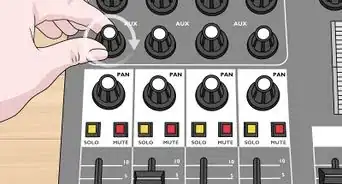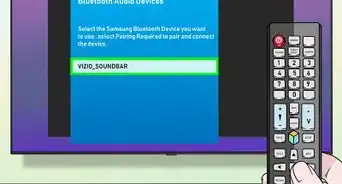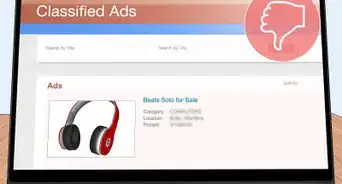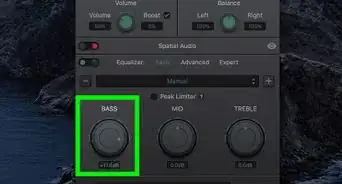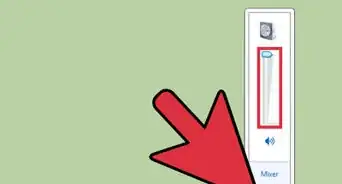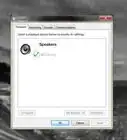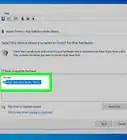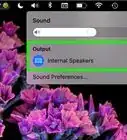X
This article was co-authored by wikiHow staff writer, Jack Lloyd. Jack Lloyd is a Technology Writer and Editor for wikiHow. He has over two years of experience writing and editing technology-related articles. He is technology enthusiast and an English teacher.
The wikiHow Tech Team also followed the article's instructions and verified that they work.
This article has been viewed 357,275 times.
Learn more...
This wikiHow teaches you how to connect an audio device such as a speaker to your computer by using an audio cable or, if the device supports it, Bluetooth.
Steps
Method 1
Method 1 of 3:
Connecting via Audio Cable
-
1Locate your computer's audio-out port. On desktop PCs, this port is typically on the back of the CPU box, while iMacs have a 3.5-millimeter headphone jack on the back of the monitor. Some common audio-out methods include the following:
- Optical - A pentagonal port. Optical cables will usually work with high-end, modern speakers.
- RCA - A red port coupled with a white port. These ports receive 3.5 millimeter cables of the same colors.
- Headphone jack - The 3.5-millimeter headphone jack can reliably be found on most computers somewhere on the side of a laptop or the back of a computer case. For speakers or headphones, the plug is color-coded in green and usually has a headphone symbol identifying it. The pink jack is for microphones and the blue jack is for Line-In, similar to an aux input.
- HDMI - HDMI slots work the same way on your computer as they do on your TV, which includes audio transmission.
- On laptops, the audio-out port is typically the headphone jack.
-
2Find the microphone jack if necessary. The microphone jack is the same size as the headphone jack (3.5 millimeters), and it usually has an image of a microphone next to it. If you're connecting a device that needs separate microphone input (e.g., some gaming headsets), you'll need to know where the microphone port is.
- USB ports can also double as audio-in connections.
Advertisement -
3Determine whether or not you need a converter. If you have a new set of speakers and an old computer, for example, you might need an optical-to-RCA adapter, since your computer likely only supports RCA or headphone input.
- You can find audio converters, also known as "audio extractors", in most tech departments in retail stores or online.
- If you have to use an audio extractor, you'll also need to purchase a separate set of cables in order to attach the extractor to your computer.
-
4Plug your audio device into a power source if necessary. Things like speakers and condenser microphones will likely need a power source (e.g., a wall socket or your computer's USB port) to function.
- You may also need to press an "On" switch on the back of the main speaker unit.
-
5Plug your device into your computer. The device's main unit (e.g., the headset or main speaker) should have an audio cable that plugs into your computer's audio output port.
- If needed, first plug your device into an audio extractor.
-
6Test your device. You can play a video or some music to determine whether or not the audio output is working, or try recording a voice memo with your new microphone (if applicable).
- You may need to change the audio output, restart your computer or update your computer's software if your device doesn't work at first.
Advertisement
Method 2
Method 2 of 3:
Connecting via Bluetooth on Windows
-
1
-
2
-
3Click Devices. This option is in the top row of items on the Settings page.
-
4Click Bluetooth & other devices. It's a tab on the far-left side of the page.
-
5
-
6Turn on your Bluetooth device and put it into pairing mode. Turn on your Bluetooth audio device and make sure it's in "pairing" mode or "discoverable" mode. If necessary, plug it into a power source.
- All devices are different so check the manual that came with your audio device to find out how to put your device into "pairing" mode if you don't know how.
-
7Click + Add Bluetooth or other device. This button is at the top of the page.
-
8Click Bluetooth. It's the top option in the Add a Device window.
-
9Click your audio device's name. It should appear in the "Add a Device" window; its name will likely be a combination of the model number and the manufacturer's name. Once you click it, it will begin pairing with your device automatically.
- If you don't see the device appear, double-check that the device is in "pairing" mode, then scan for nearby devices again.
-
10Click Done. This button will appear in the bottom-right corner of the available Bluetooth devices window.
-
11
-
12Click Manage Audio Devices. This option has a symbol of a speaker next to it. Doing so will open your audio manager.
-
13Select your Bluetooth device. You should see its name in the Sound window, along with your computer's default output device if you're using a laptop.
- If you're connecting a microphone, you'll first want to click the Recording tab at the top of the window.
-
14Click Set Default. It's in the bottom-right corner of the window.
-
15Click OK. Your device should now be the default in its category on your computer.
-
16Test your device. You can play a video or some music to determine whether or not the audio output is working, or try recording a voice memo with your new microphone (if applicable).
- You may need to restart your computer or update your computer's software if the device doesn't work.
Advertisement
Method 3
Method 3 of 3:
Connecting via Bluetooth on Mac
-
1Turn on your Bluetooth device. Depending on the device, you may first need to connect it to a power source.
-
2
-
3Click Turn Bluetooth On if necessary. If your Mac's Bluetooth isn't enabled, you'll need to turn it on in order to view your Bluetooth device.
-
4Click your Bluetooth device's name. This will likely be a combination of the model number and the manufacturer's name.
- If you don't see your device's name, press the "pairing" button, or turn it off and then on again.
-
5Click Connect. Doing so will prompt your Mac and the device to pair with one another.
-
6
-
7Click System Preferences. This option is near the middle of the drop-down Apple menu.
-
8Click Sound. You'll see this speaker-shaped icon in the System Preferences window.
-
9Click the Output tab. It's at the top of the Sound window.
- If you're attaching a microphone, click the Input tab instead.
-
10Double-click your Bluetooth device's name. Doing so will select it as your Mac's primary output (or input, if you're attaching a microphone).
-
11Test your device. You can play a video or some music to determine whether or not the audio output is working, or try recording a voice memo with your new microphone (if applicable).
- You may need to restart your computer or update your computer's software if your device doesn't work.
Advertisement
Warnings
- Some devices are too old to support newer devices, and vice versa. If your computer is too old to support a Bluetooth device and it can't use a traditional connection (e.g., a wired headset, speakers, etc.), you'll need to upgrade your computer.⧼thumbs_response⧽
Advertisement
About This Article
Advertisement
